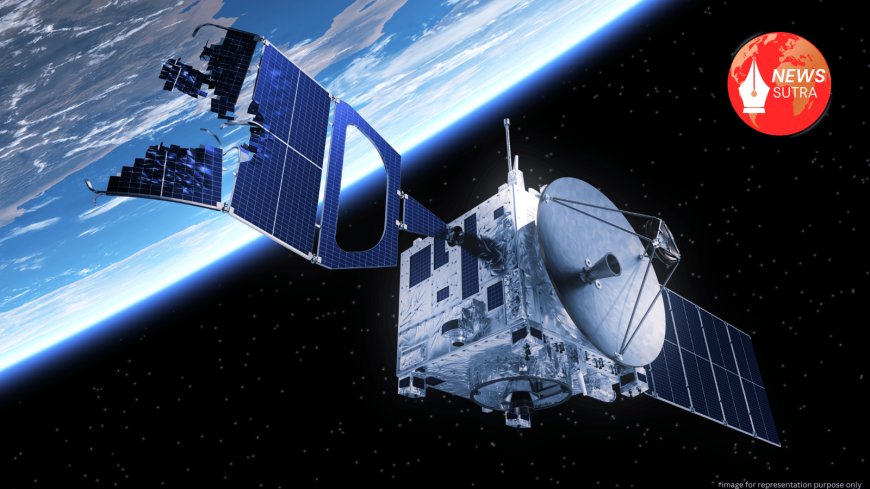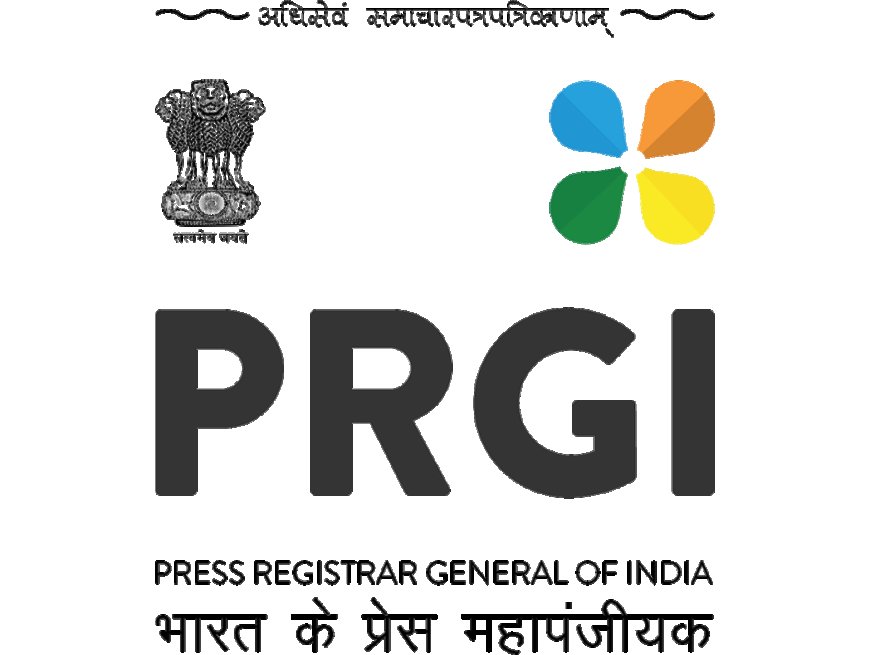India’s Twin Triumph: NISAR Satellite Launch Marks Global Space Leap as ₹20,500 Cr Farmer Fund Signals Agritech Push
India aligns high-tech space innovation with rural welfare as the NASA-ISRO NISAR satellite nears launch and PM Modi releases ₹20,500 crore to over 9 crore farmers under PM-Kisan.

In a defining moment for India’s technological and welfare landscape, two significant developments unfolded nearly simultaneously—first, the successful integration and planned launch of the NASA-ISRO Synthetic Aperture Radar (NISAR) satellite, and second, Prime Minister Narendra Modi’s release of ₹20,500 crore under the PM-Kisan scheme. These two events—seemingly from different domains—tell a larger story about India’s strategy to blend space innovation with grassroots empowerment.
This dual achievement demonstrates how India is aligning its scientific collaborations with social welfare goals to craft a new narrative: one where the sky isn’t the limit, but the starting point for national transformation.
NISAR: A First-of-Its-Kind Satellite Collaboration
NISAR (NASA-ISRO Synthetic Aperture Radar) represents a historic collaboration between NASA and ISRO, making it the first radar imaging satellite to be built jointly by the two agencies. The satellite is expected to be launched in early 2025 from India’s Satish Dhawan Space Centre, and will orbit Earth to track a wide range of changes—from glacial shifts to forest biomass and coastline movement.
What sets NISAR apart is its dual-frequency radar technology: L-band provided by NASA and S-band by ISRO. This advanced configuration will allow it to observe changes in Earth’s surface with unprecedented accuracy, making it a vital tool for climate change monitoring, agricultural forecasting, disaster management, and even urban planning.
Moreover, it’s not just about science—it’s also a statement of strategic global collaboration. With geopolitical tensions growing around satellite surveillance and Earth observation, this joint venture asserts India’s credibility as a global space player while emphasizing peaceful and data-driven cooperation.
The Broader Impact of NISAR on India
The satellite’s data will particularly benefit India’s agrarian economy. According to senior ISRO scientists, NISAR’s high-resolution radar images will help policymakers and farmers assess soil moisture, crop health, and irrigation planning with far more precision than current systems allow.
State governments are also preparing to integrate NISAR-generated data into climate-resilient agriculture schemes, which could mean better yield forecasting and reduced dependency on monsoon guesswork.
In rural areas prone to floods or droughts, real-time satellite-based alerts can help mitigate crop loss and save livelihoods. It’s a tech-to-table model, bridging elite space science with ground-level agrarian realities.
PM Modi’s ₹20,500 Crore Disbursement: A Ground Game in Action
Just as ISRO gears up to look skyward, Prime Minister Modi turned his attention to the farmers on the ground, releasing ₹20,500 crore under the 15th installment of the PM-Kisan Samman Nidhi scheme. The direct benefit transfer (DBT) reaches over 9 crore farmers, putting ₹2,000 directly into their bank accounts.
The scale and timing of the disbursement are significant. Coming ahead of crucial state and general elections, this move strengthens the government’s narrative of “pro-farmer governance.” But beyond the optics, there is genuine financial relief, particularly for small and marginal farmers who continue to reel under inflation and unpredictable weather conditions.
Importantly, the PM-Kisan scheme is digitally driven, with Aadhaar verification, land record digitization, and e-KYC protocols in place. This ensures transparency, avoids duplication, and allows real-time monitoring of funds distribution.
A Strategic Convergence: Why These Two Events Matter Together
At first glance, a satellite launch and a farmer cash disbursement might appear unrelated. But in modern India, where data and delivery are both kingmakers, the synergy is unmistakable.
-
Technology for Welfare: With satellites like NISAR delivering critical environmental and agricultural insights, welfare schemes like PM-Kisan can be fine-tuned for seasonal timing and regional impact.
-
Policy Based on Data: Instead of generic farmer subsidies, future policies can be crafted around NISAR-generated analytics—making them evidence-based and more cost-effective.
-
Resilience Building: In the age of climate change, real-time satellite data can provide the backbone for disaster relief, crop insurance, and drought mitigation programs—making India’s villages more resilient.
This convergence of space science and social equity is what makes India’s development journey unique.
Political and Global Ramifications
The timing of both events is also politically savvy. On the global stage, India is sending a clear message: it is a serious space contender willing to collaborate with the U.S. and other global powers. The NISAR mission positions India as a data-rich, science-forward nation, capable of leading on issues like climate change, deforestation, and urbanization.
Domestically, the large-scale disbursal under PM-Kisan ahead of elections is seen as a strategic win, reinforcing the government’s rural base while showcasing fiscal discipline through DBT mechanisms.
Both moves, although from separate spheres, reflect a common governance strategy—technology-driven, populist in outreach, and globally aspirational.
Long-Term Vision: Space to Soil, a Continuum of Development
India’s progress narrative is increasingly becoming multi-dimensional. No longer is space research confined to labs, nor is welfare restricted to subsidies. Instead, India is attempting something few countries have managed—a data-informed welfare ecosystem.
With upcoming missions like Gaganyaan, Chandrayaan-4, and global satellite collaborations in the pipeline, ISRO is not just a space agency anymore—it’s a development partner.
Similarly, flagship schemes like PM-Kisan are no longer limited to cash handouts—they’re increasingly linked with digital land records, weather forecasting, and geotagged crop monitoring, all of which benefit from satellite inputs.
Together, this marks a new paradigm of nation-building, where the sky and soil co-exist as part of the same development equation.
Challenges Ahead
Of course, there are challenges. NISAR’s launch has been delayed multiple times and is now expected in early 2025. Keeping to the new timeline is crucial for maintaining credibility.
On the welfare front, several farmer unions have raised concerns over land ownership verification glitches, which may exclude tenant farmers and landless laborers from PM-Kisan benefits.
Moreover, for NISAR’s data to actually influence policy, state-level capacity to interpret and integrate satellite information needs serious investment.
In both domains, execution is everything.
Conclusion
The juxtaposition of the NISAR satellite’s final preparation with a massive PM-Kisan fund release might seem like an administrative coincidence. But when viewed through the lens of strategy, it becomes clear: India is building a future where space-based intelligence powers grassroots development.
This is more than symbolism—it’s a new standard in governance. A high-tech, high-touch model where satellites don’t just scan our earth—they help heal it. And welfare schemes don’t just provide aid—they provide agency.
India is, quite literally, reaching for the stars while keeping its feet firmly planted in its fields.









